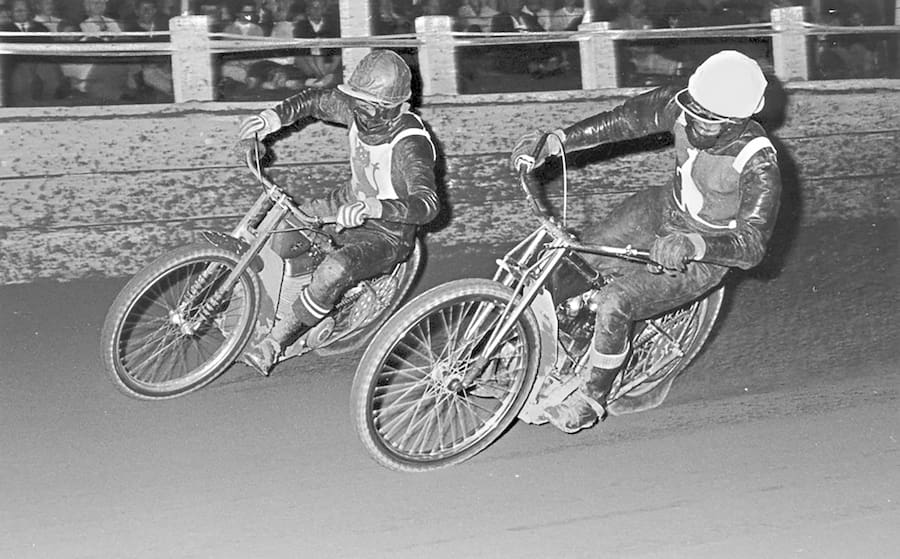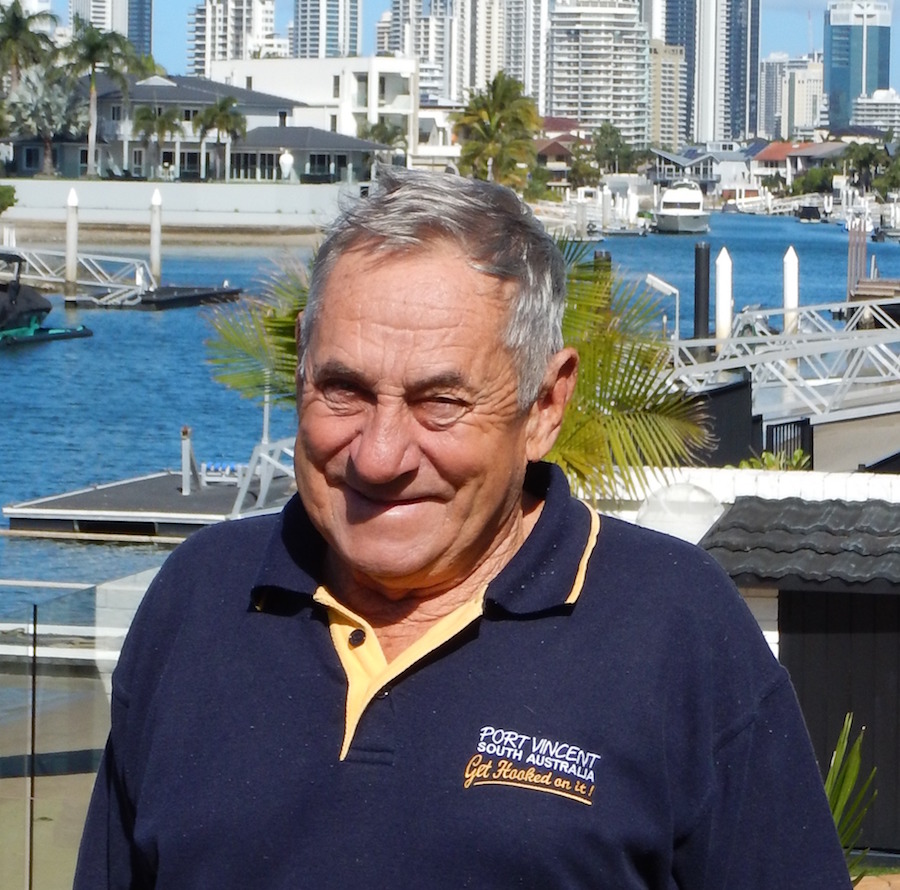“We had to stuff newspapers in our leathers to reduce the impact of rocks”
Long before BMX was a thing, Jim Airey was racing cut down pushies around Parramatta’s Cumberland Oval, which was where he met his lifelong friend Gordon Guasco.
“We were all of 14 years old,” says Jim, “but by the time we obtained our licences we were racing short circuit and I won the Australian 350cc Title in 1962, the year I had my first ride at the Sydney Showground and won the Encourage Race at my
second meeting.”
Airey was immediately elevated to the pros and, by the end of the decade, was all but invincible on the unique egg-shaped track known as The Speedway Royale. During the late 1960s, Airey won a record 33 consecutive races and often started over a quarter of a lap behind in three-lap handicap events.
In 1963, the continent beckoned. He purchased Aub Lawson’s JAP and, together with Gordon, headed for the UK where the chilly conditions were a shock.
“It rained constantly,” recalls Airey. “The tracks were always wet, much tighter than at home and it took me a season to realise I was running the wrong size countershaft sprocket.” Replacing the sprocket, Jim Airey adapted his style to the Wolverhampton Wolves amphitheatre but remained a second stringer. Not so back home over summer, where he won the 1966 NSW Championship; the first of his eleven State Titles.
Now married to childhood sweetheart Ronda, Jim Airey rejoined Wolverhampton in 1967 with some reluctance.
“I didn’t like living in England and was always homesick. One winter in England was enough.” When the Wolverhampton promoters wanted him to relocate to Glasgow Jim joined the local team – the Sheffield Tigers – where he established himself as a successful British League Team Captain.

Before he returned home in 1969, Airey took the first of two trips to the speedbowls of Southern California. “I couldn’t believe how tight a 175-metre track was, and on the quarter mile clay track at Ascot we had to stuff newspapers into our leathers to reduce the impact of flying rocks.
“It was in America I learned of Gordon Guasco’s tragic accident at Sydney’s Liverpool speedway and I flew home to find Gordon on life support. The Doctors thought if I talked to Gordon it may spark something – it was the toughest thing I’ve ever done.”
Jim was the driving force behind the revival of the Speedway Test Series and in 1971 claimed the NSW, Queensland and Victorian Championships, then, as a member of the British Team, won the World Team Cup. His final Australian Championship followed in 1972, the year before he hung up his leathers, remarkably having never been involved in a major crash in his speedway career. Settled in Fairfield in Sydney’s west, Airey took on a Honda and Suzuki franchise from which to base his eclectic racing activities; scrambles at Moorebank, road racing at Mount Panorama and Catalina Park, cross-country trials such as the Goodwin Shield, the Sunraysia Desert Rally, and short circuit – basically wherever someone waved a green flag.
Jim and Ronda moved to the Gold Coast in 1986 where he purchased a Fairway Cruiser; the consequences of which scored Jim the task of selling Fairway’s entire output for the following decade. Then, in 1997, Airey’s mate Les Burdus talked him into another ride. They shipped a pair of Honda Dominators to Perth and rode across the top – the Kimberley to Far North Queensland – in a six-week 20,000km adventure.
Since that ride Jim has followed his credo that life’s journey is not to arrive graveside in a well preserved state but to skid in sideways, totally knackered, shouting: “Holy shit! What a ride!”
And it has been. Over 300,000km have passed under the wheels of, consecutively, a Honda ST1100, ST1300, a Yamaha FJR1300 and a final ST1300, as Jim fished every beach and bay around the continent.
Now that the bikes have been superseded by watching the grandkids ride around the family farm in the Border Ranges, Airey is working out a way to get his Mercedes motorhome sideways on the road to his fishing spot.
By Peter Whitaker
